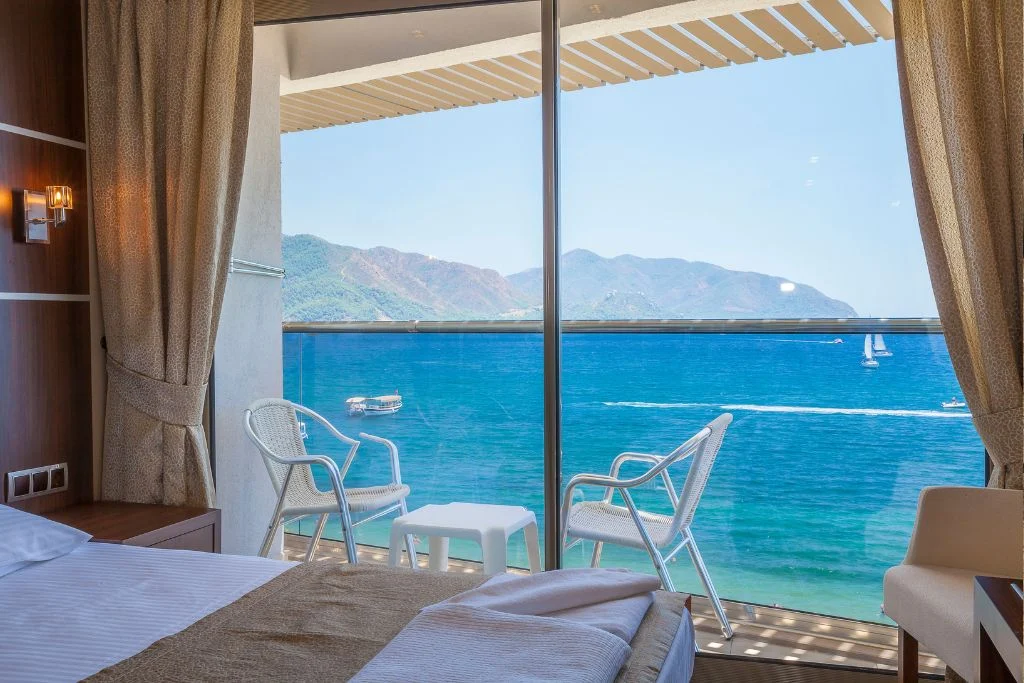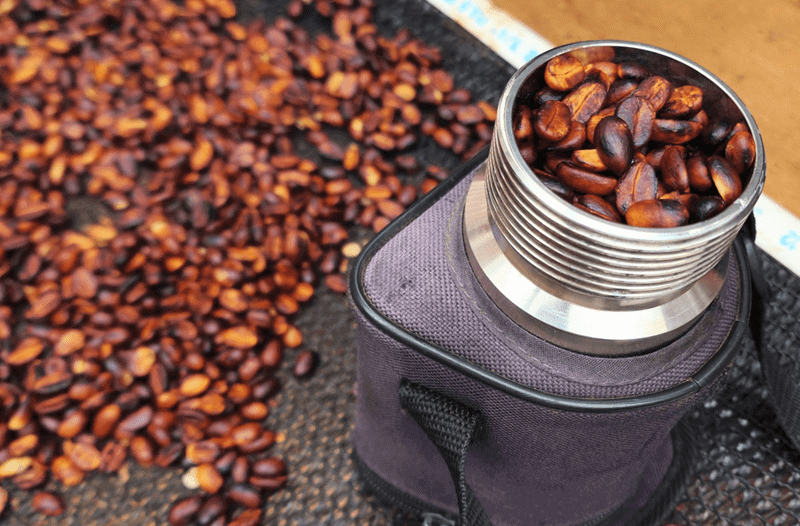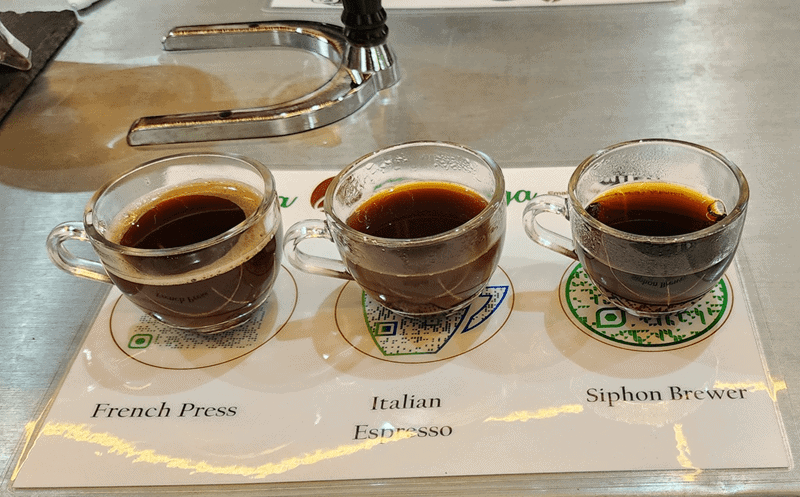Our Visit to the Punta Culebra Nature Center – Smithsonian Wildlife Experience in Panama City
We’ve always been avid travelers, but this year marks our first year as fulltime travels, living abroad and discovering new destinations. On a rainy Saturday Panama morning we headed off to the Punta Culebra Nature Center and we just had to share! Operated by the Smithsonian Tropical Research Institute, this nature center delivers an affordable, interactive, and family-friendly exploration of Panama’s rich marine life and ecosystems.
As new fulltime travelers, we’ve become experts at seeking out experiences that balance education, affordability, and adventure, all while staying true to our modest budget. And trust us—Punta Culebra is one of those places that checks all the boxes. It’s not just about admiring nature from afar; it’s about getting involved and supporting meaningful conservation efforts.
Why We Recommend Punta Culebra Nature Center
1. Smithsonian-Backed Expertise You Can Rely On
As travelers, we’re constantly on the lookout for destinations that are not only enjoyable but reputable (don’t even get us started on the “rescues” that actual exploit the animals). The Smithsonian Tropical Research Institute ensures that every visitor to Punta Culebra gains valuable insight into the biodiversity of Panama. The well-maintained facilities and knowledgeable staff create an educational experience rooted in scientific expertise, and that’s something we can always trust.
Wondering Where to Stay?
Looking for Budget-Friendly Accommodations? – We suggest Booking.com
2. Interactive Wildlife Encounters
One of the things that makes Punta Culebra so memorable is the opportunity to get hands-on with marine life. At the interactive touch tanks, you’ll meet creatures like sea cucumbers and starfish, while the outdoor exhibits feature turtles and little tiny stingrays. It’s these close encounters that make it a fantastic stop for families or anyone looking to dive deeper into Panama’s marine life.
3. Explore Panama’s Diverse Ecosystems
As you walk along the trails, you could see sloths (I mean, we didn’t, but the signs indicate that they may be there), iguanas, and a wide variety of bird species—all in their natural habitat. This was one of our favorite parts of visiting the center. The experience felt like a peaceful escape from the city, offering both stunning views and up-close wildlife experiences.
Our Experience at Punta Culebra Nature Center
Being in our first year of fulltime travel has taught us how to balance adventure with affordability, and Punta Culebra perfectly fits this mindset. Whether you’re visiting Panama with kids, as a couple, or even solo, this center offers an engaging mix of interactive exhibits and scenic beauty that appeals to all kinds of travelers. The center’s mission of conservation education resonates deeply with us, especially as we continue our travels and strive to find experiences that give back to the places we visit.

How to Get There
Located on the Amador Causeway, the Punta Culebra Nature Center is just a short drive or taxi ride from Casco Viejo and not overly far from the financial district near where we stayed. You can also take public transportation, making it accessible no matter your travel style. Parking is available, and trust us, with Google Maps or Waze, you’ll have no trouble navigating your way.
Once you arrive, prepare to soak in the views of Panama Bay and the Pacific Ocean—a beautiful backdrop to your day of exploring Panama’s wildlife.
Best Tip: If you are using a ride-share service be sure you look for Punta Culebra Nature Center rather than Smithsonian Tropical Research Center. We nearly went to the wrong place. We both looked up the UBER price and got VERY different numbers so we confirmed with the driver at pickup.
Insider Tips for Visiting Punta Culebra
- Arrive Early: If you want to avoid the midday heat and crowds we suggest getting there early on Saturday or Sunday. (Mornings tend to be quieter and cooler. Punta Culebra Nature Center currently receives visits only on Wednesday, Thursday, Friday from 1:00 PM to 4:00 PM, and Saturday and Sunday from 9:00 AM to 4:00 PM. )
- Bring Essentials: If you’re going to be walking outdoors, pack water, sunscreen, and a hat. Comfortable shoes are a must!
- Guided Tours: Want to take your experience to the next level? Book a guided bio tour to get expert insights into the conservation efforts and wildlife of the area.
- Accessibility: Punta Culebra has some exhibits accessible by wheelchairs; however, the forest trails behind the center and some others are not yet wheelchair accessible due to uneven terrain.
- Picnic Areas: There are picnic tables, with a beautiful view of the rocky shore and the entrance to the Panama Canal.
Why Visit Punta Culebra?
1. Affordable Learning Experience
At just $10 for nonresident adults and $3 for children, visiting Punta Culebra offers tremendous value. You’ll gain so much more than a typical day at the beach—your visit supports Smithsonian-led conservation efforts that make a real difference.
2. Scenic and Serene
Set against the backdrop of the Amador Causeway, Punta Culebra provides some of the best views of the Pacific Ocean and Panama Bay. If you’re looking for a quiet retreat with easy access to nature, this is the perfect spot to unwind and reconnect with the environment.
3. Fun for All Ages
Whether you’re a fulltime traveler like us, a family with kids, or simply someone who loves nature, Punta Culebra offers something for everyone. The combination of hands-on animal encounters, scenic trails, and educational exhibits keeps visitors of all ages engaged.
What to Do Nearby
This excursion is a good choice to be paired with a visit to the Biomuseo and other gems along the Amador Causeway. All else being equal, I think I would do the Bio Museo FIRST and then come down here after getting a good overview of Panama’s biodiversity. But, that’s a decision made in hindsight. We started here and worked our way backwards towards the city.
If you’re up for more adventure, a short boat ride will take you to Taboga Island, where you can relax on the beach or enjoy a hike.
Our Experience at the Punta Culebra Nature Center
The frog exhibit was, as I mentioned, our main focus. It’s a very educational display with knowledgeable docents who seem more than happy to answer any frog related questions you may have.

The center is laid out in a straight line; once through the gate you come first to the frog house, then to outdoor aquariums then finally to the indoor aquarium.
A walking trail takes off into the jungle from the far end and loops back above and behind the buildings bringing you out to the pathway just ahead of where you would enter the frog house. Which is exactly what we did, a second look at the amphibians.
Overall it was a good stop and we spent just over an hour going through the exhibits and then walking the (sadly sloth-free) jungle trail.
Ready to Visit Punta Culebra?
If you’re planning a trip to Panama City, we highly recommend adding Punta Culebra Nature Center to your itinerary. It’s a fun, educational, and budget-friendly way to explore Panama’s unique wildlife and support the Smithsonian’s conservation efforts. And don’t forget to download our Free Itinerary Checklist to make planning your visit even easier!

Support independent travel writers
Love our travel stories? Be part of our journey! Help us brew up more travel tales and support independent content creators like us, Buy Us A Coffee. We’ll give you a shout out in one of our videos! Click the cup to show your support!







